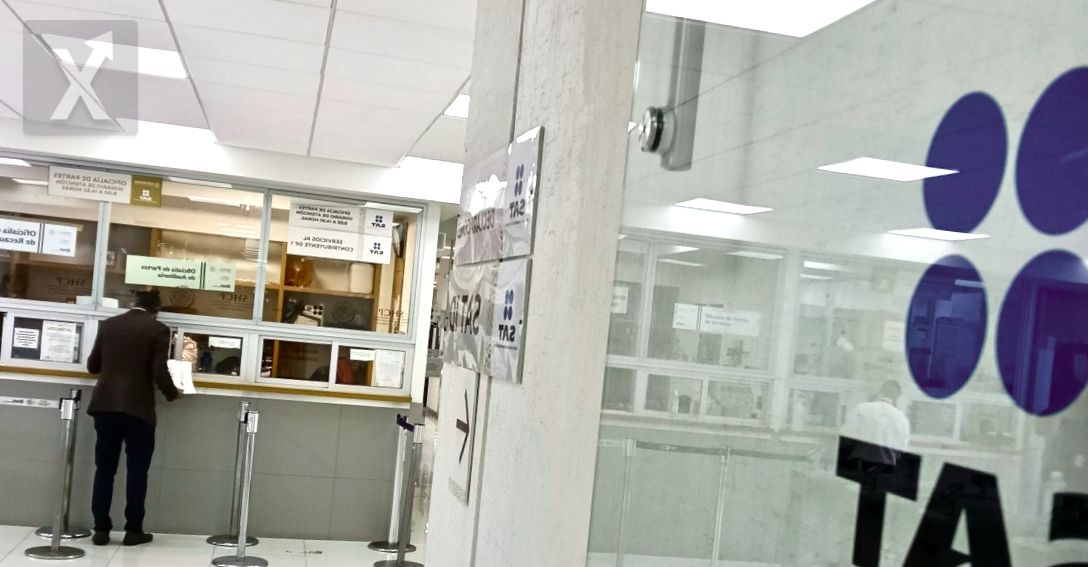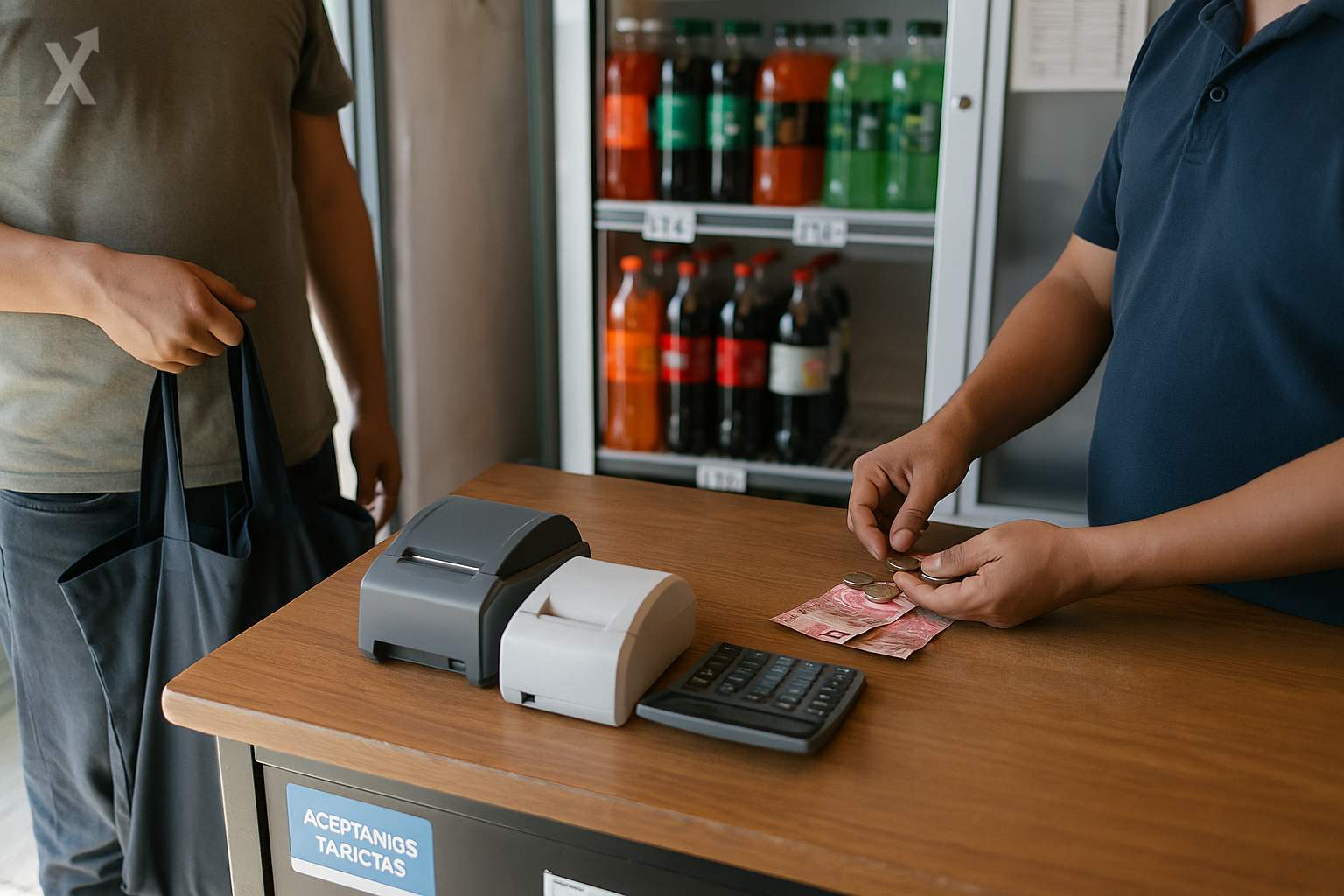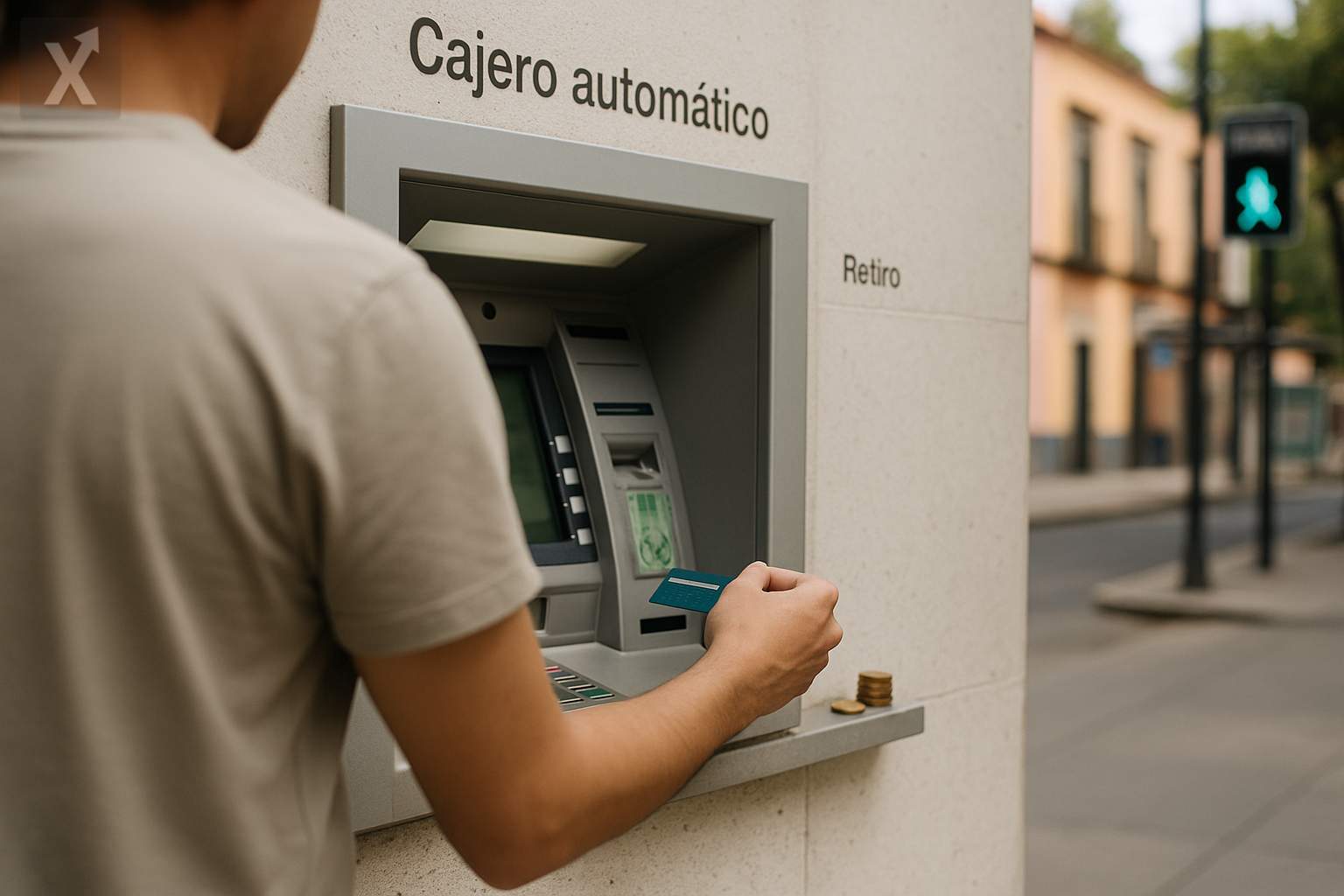The SAT Modernizes and Increases Tax Collection to Over Half a Trillion Pesos

The Tax Administration Service (SAT) is rapidly modernizing by implementing artificial intelligence and digitizing processes, allowing it to identify and calculate tax liabilities of taxpayers more efficiently. By 2024, the total debt of taxpayers with the SAT significantly increased, reaching over half a trillion pesos, rising from 2.332 trillion pesos at the end of 2023 to 2.854 trillion at the close of 2024, representing an increase of over 522 billion pesos.
This monetary increase is the most significant since 2018, the year Andrés Manuel López Obrador's administration began, focusing its efforts on combating tax evasion and avoidance through advanced technology and the digitization of processes initiated during Enrique Peña Nieto's term. The rapid growth in the amount owed is due to the precision with which the SAT is implementing tax credits, something that has been enhanced with the introduction of artificial intelligence into its system starting in 2024. “It’s not magic; the key is that the government has decided to be more rigorous and efficient in its audits thanks to technology. After several years of development, they now have a fairly comprehensive system that already incorporates artificial intelligence. We have been providing endless information electronically. Currently, they’re able to quickly identify risk signals and direct their audits more effectively,” stated José Manuel Ramírez, partner and leader at Alvarez & Marsal Tax Mexico.
Most of the tax credits (90%) have been imposed on corporate entities, with over 40% belonging to large taxpayers. Ramírez also emphasizes that the scrutiny of large companies will continue to be a trend for at least the next five to ten years, possibly extending to specific sectors and smaller companies. “This will be the norm; we expect the SAT to improve its auditing methods using technology, and for companies to be better prepared to cooperate during audits. However, there will always be cases where no agreement is reached, and the legislation and the Constitution provide mechanisms for taxpayers to defend their interests in those situations,” Ramírez added.
According to the Treasury, of the more than 2 trillion pesos in credits, 1.868 trillion are under litigation. In 2024, the highest number of disputed credits was reported, reaching 191,452; this represents an increase of about 70,654 credits compared to 2018. This reveals a rise in the defense strategies that taxpayers have employed after the assessment of these tax credits, which during López Obrador’s administration have focused on large taxpayers. These disputed credits are under the SAT's control, as taxpayers who have filed for defenses cannot currently be subject to collection actions. With the 1.868 trillion pesos in dispute, this could fund a fifth of the budget planned for 2025, which includes both programmable and non-programmable expenses for IMSS, ISSSTE, Pemex, and CFE. Meanwhile, the portfolio of undisputed credits amounts to 986.436 billion pesos, of which 581.523 billion (59%) are collectible, in contrast to the remaining 404.913 billion (41%) that have a low probability of collection.
It is evident that digitization and the use of advanced technologies are revolutionizing how the government seeks to collect taxes in Mexico. Taxpayers need to stay informed and prepare for this increased regulation to avoid unpleasant surprises in the future. Adapting to this new tax environment is not only crucial for meeting tax obligations but can also be an opportunity to better manage finances and more effectively leverage available resources.






